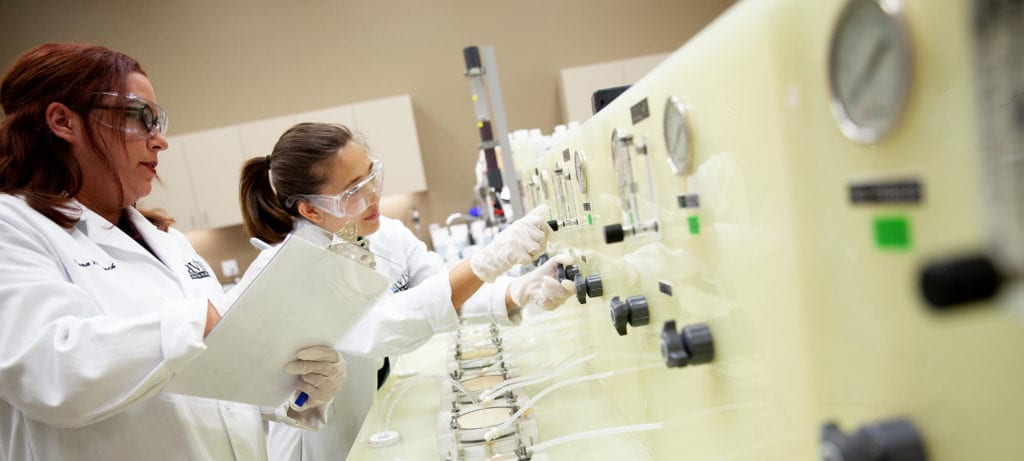Coagulant Technical Guide
Autopsies show that colloidal and particulate fouling is the most frequent cause of reverse osmosis (RO) system performance loss and reduced element life. Colloidal and particulate foulants include:
- Clays
- Colloidal silica
- Metal silicates
- Alum floc (aluminum hydroxide)
- Iron floc (ferric hydroxide)
- Macromolecules
Chemists differentiate between colloids and particulates based upon their size. The consensus is that colloids have diameters less than one micron, while particulates are larger than one micron. Macromolecules are mainly organic colloids and are present in virtually all natural water sources. These include humic and fulvic acids, polysaccharides, and proteins. Microbial activity is the primary source of organic macromolecules.
Colloids and particulates are drawn to membrane surfaces by permeate convection, the rate of deposition being proportional to permeate flux. To minimize colloidal and particulate fouling rates, RO membrane manufacturers developed empirical flux limits for use in system design.
Download our Coagulant Technical Guide to learn how coagulants help RO systems performance



